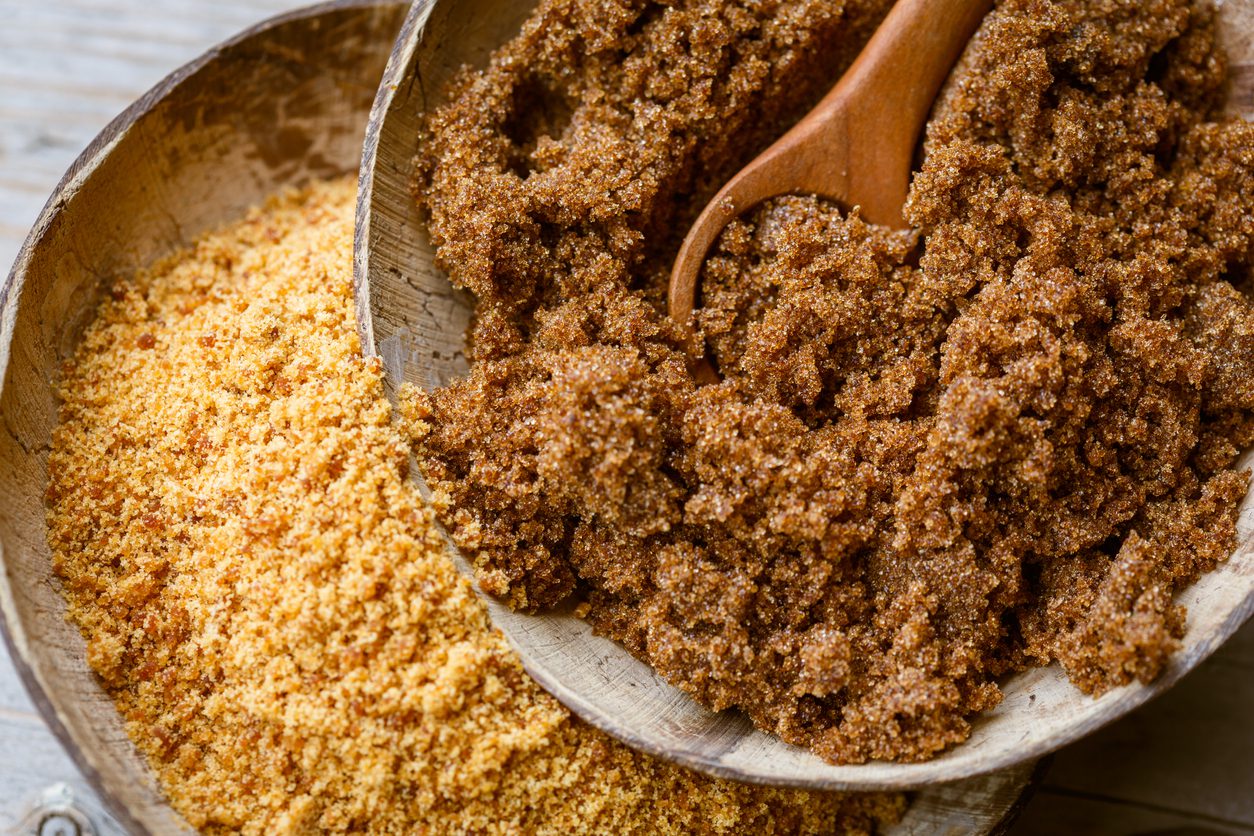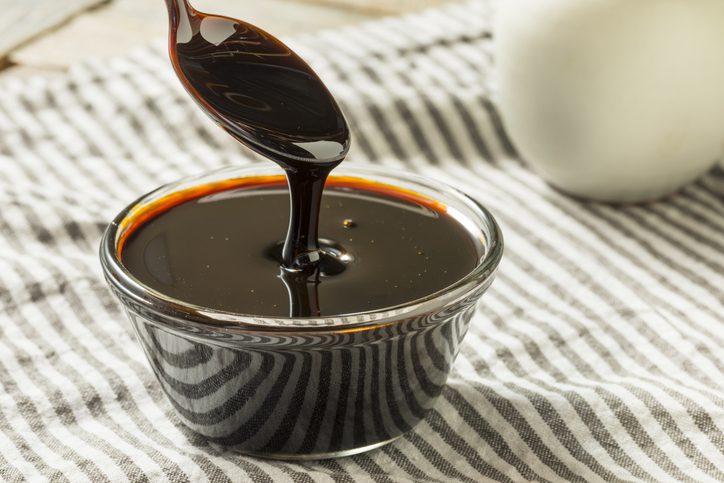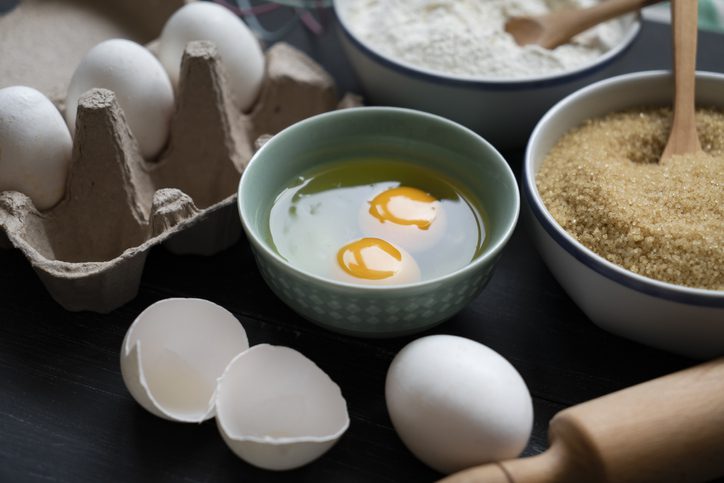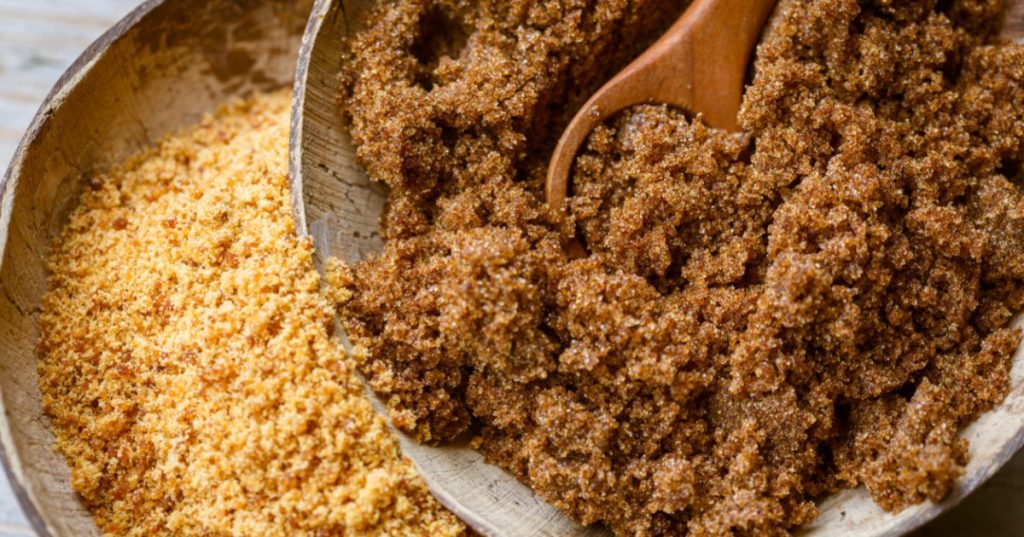I can’t be the only one who has stood in a grocery store aisle wondering which sort of brown sugar to buy – or reading a recipe and then wondering if it makes a difference which sort goes into my cookies or cake.
It turns out there is a difference between the two, but what is it? And does it matter? Keep reading to find out!

Image Credit: iStock
The main difference, it turns out, is down to one simple factor: the amount of molasses.
Light brown sugar has about 3.5% less molasses content than dark brown, which contains around 6.5% molasses. That makes the dark brown variety more moist and a bit more acidic, to boot – according to Imperial Sugar, it has a “stronger flavor with more pronounced caramel undertones.”

Image Credit: iStock
If you, like me, are sometimes wondering whether or not a substitution will work, the answer is yes – at least in the sense that it won’t totally ruin your recipe. Your final product will likely have a slightly different texture or flavor, though.
According to Bon Appetit, the higher acid content of dark brown sugar could mean that your cookies rise or spread more, and the extra moisture could make them extra chewy (which definitely might not be a bad thing).
In short, they are different but they’re not so different – you can substitute them without worry, though your recipe might not turn out exactly as you’d expected.

Image Credit: iStock
Definitely don’t swap it for more white, though; the molasses usually matters!
Have you found that one or the other works better in your recipes?
Bakers, sound off in the comments!

